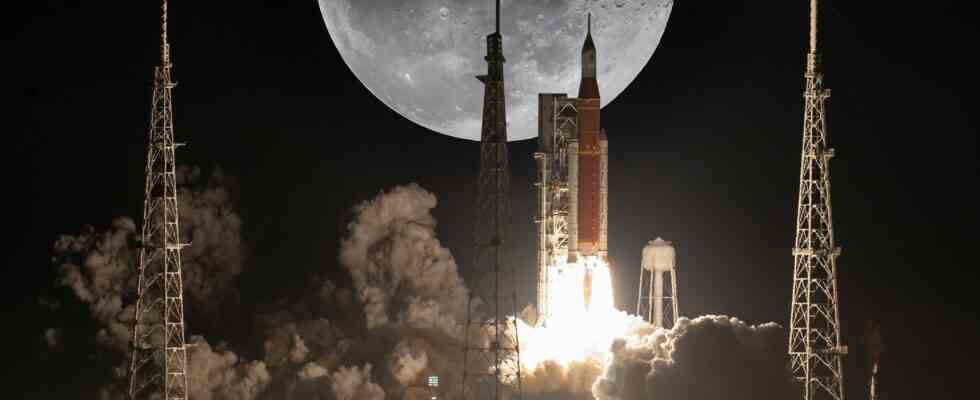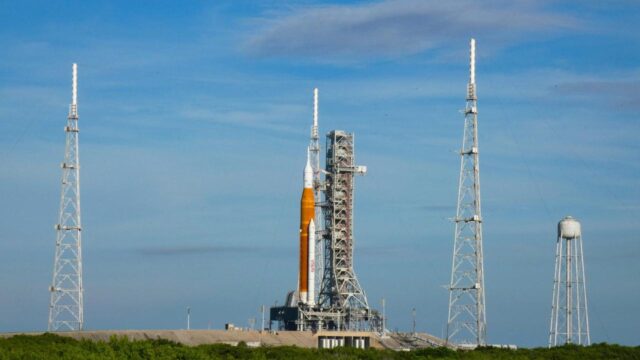The Artemis I mission, which started last month, is finally complete. NASA published important sections from the Artemis I mission on its YouTube channel. The crewed Artemis II flight, which will follow the same path in 2024, and Artemis I, the first phase of preparations for the crewed Moon landing, which is expected to take place in 2026, left their mark on the aviation and space industry.
NASA’s Artemis I mission completed
Artemis I, carried out without a crew, is the first mission to use a new generation Space Launch System (SLS) rocket. The SLS rocket, which emerged with a budget of approximately 23 billion dollars, is considered the most important step for the journey to the Moon and Mars.
Artemis I completed its 25-day mission as the Orion spacecraft landed in the Pacific Ocean west of Baja California. Officials who made a statement on the subject said, “The Orion spacecraft, which traveled 1.4 million miles (approximately 2.25 million km), circled the Moon and returned to Earth.” made statements.
It has been announced that the Orion spacecraft withstands temperatures of 5,000 degrees Fahrenheit (2760 degrees Celsius) while entering the Earth’s atmosphere at a speed of 25,000 mph (about 40,000 km/h). NASA also announced that Orion has broken the record for the longest distance a spacecraft has proven to be safe for the crew.
“The Orion spacecraft’s bounce, which occurred 50 years before Apollo 17’s moon landing, is the crowning achievement of Artemis I,” NASA chief Bill Nelson said on Sunday following Orion’s return home. From launching the world’s most powerful rocket to an extraordinary journey around the Moon and back to Earth, it’s a big step forward in lunar exploration.” said.
Going forward, NASA plans to build the first permanent base on the lunar surface where astronauts can live and work similarly to what they do on the ISS today. The moon could serve as a launch point for a crewed journey to Mars, which is predicted to take place in the 2030s.



 shiftdelete.net
shiftdelete.net